There are a number of reasons why the Black Panther movies are so special. From Chadwick Boseman’s legacy, to the films’ groundbreaking portrayal of black excellence and black superheroes, all the way to idiosyncrasies like the Wakanda Forever battle cry and its accompanying cross-armed salute.
Fans witnessed the salute and battle cry combo for the first time in the first Black Panther movie, but the gesture has actually been around long before it became associated with the fictional African country of Wakanda.
What exactly does it mean? Did director Ryan Coogler pull from the comics or did he get his inspiration for it somewhere else? Here’s what we know.
The meaning and origin behind Wakanda Forever, explained
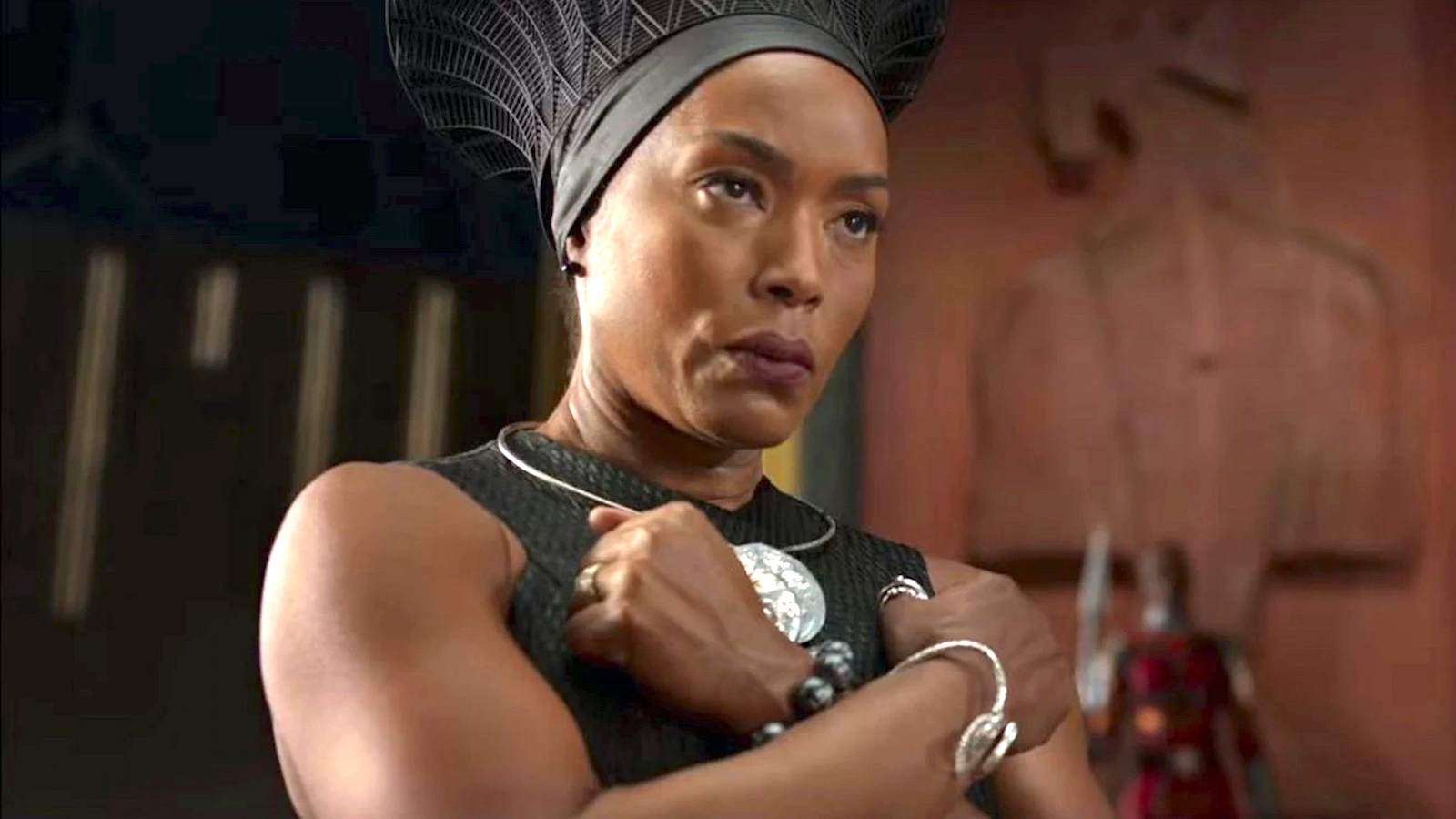
Upon the release of the Blu-ray edition of the first Black Panther movie, director Ryan Coogler revealed in the director’s commentary that he drew inspiration for the Wakanda Forever salute from both history and linguistics.
The salutes Wakandans give one another derive directly from Egyptian pharaohs and West African sculptures, as well as from American Sign Language. It is also used as a greeting and symbolic gesture of pride in honoring a loved one or the Wakandan country.
We bury him, we wanted him to experience death, and you see he gets buried kind of similar to a lot of poses that you’ll see from statues from the continent. We kinda got it from the pharaohs and the West African sculptures that you’ll see, with the arms folded over like that. It also means a ‘hug’ or ‘love’ in ASL, American Sign Language.
In the years following Black Panther, the Wakanda Forever gesture not only became a symbol of the movies but also of black power and black pride in real life, similar to the raised black fist that was used by the Black Panther Party and the Black Marxist groups from the 1960s.
Black Panther: Wakanda Forever producer Nate Moore revealed that the title for the franchise’s sequel wasn’t initially Wakanda Forever, according to a Collider interview, but due to the Wakandan’s journey as well as Chadwick Boseman’s loss, it felt right “because it’s a story about triumph through adversity”. Throughout the entire film, you can tell that every time the Wakanda Forever salute is thrown up, Chadwick Boseman and his character T’Challa was in the back of their minds, honoring both of them in the best way possible.


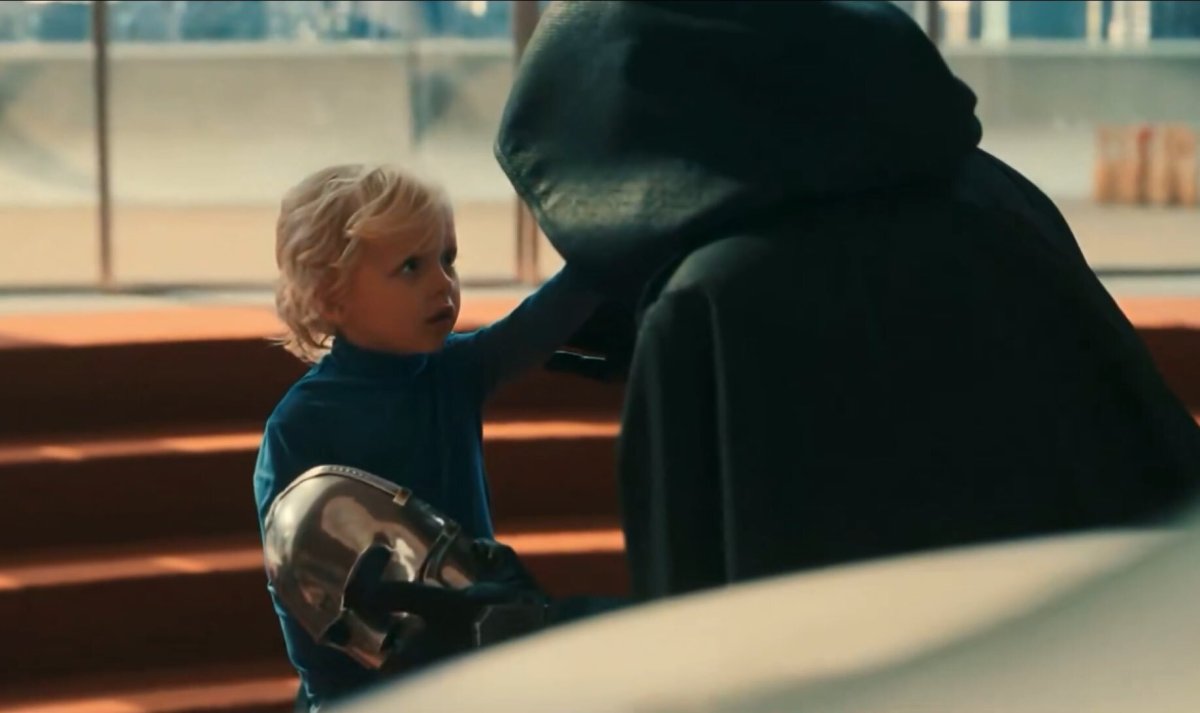
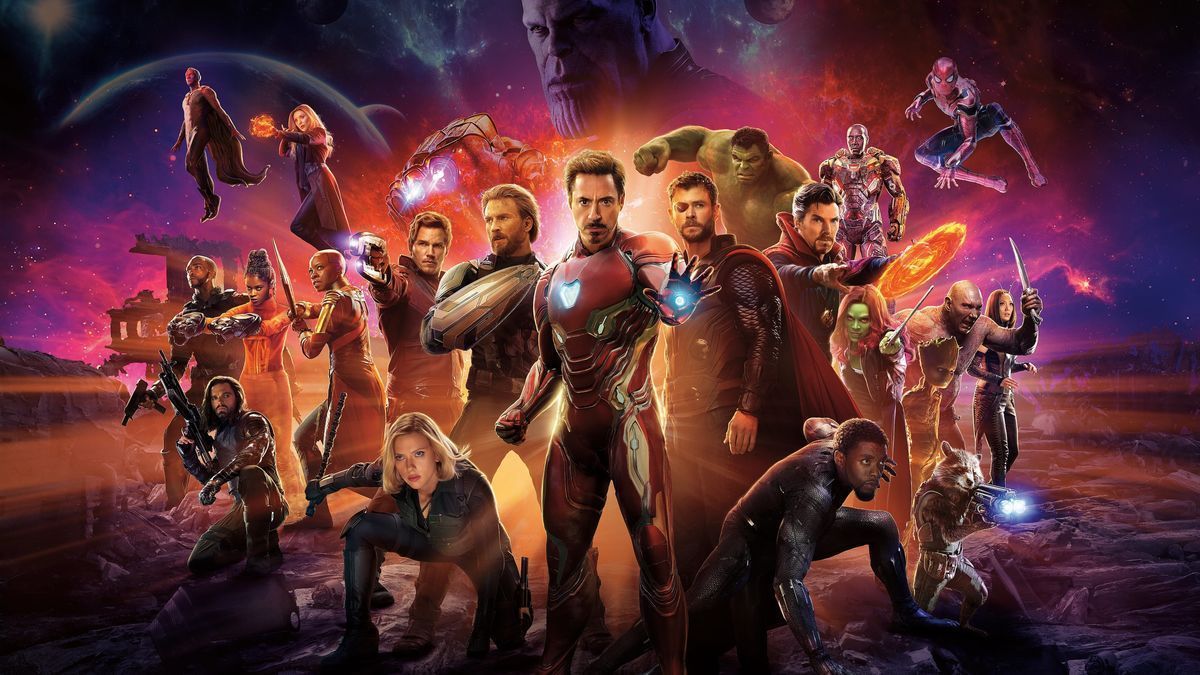
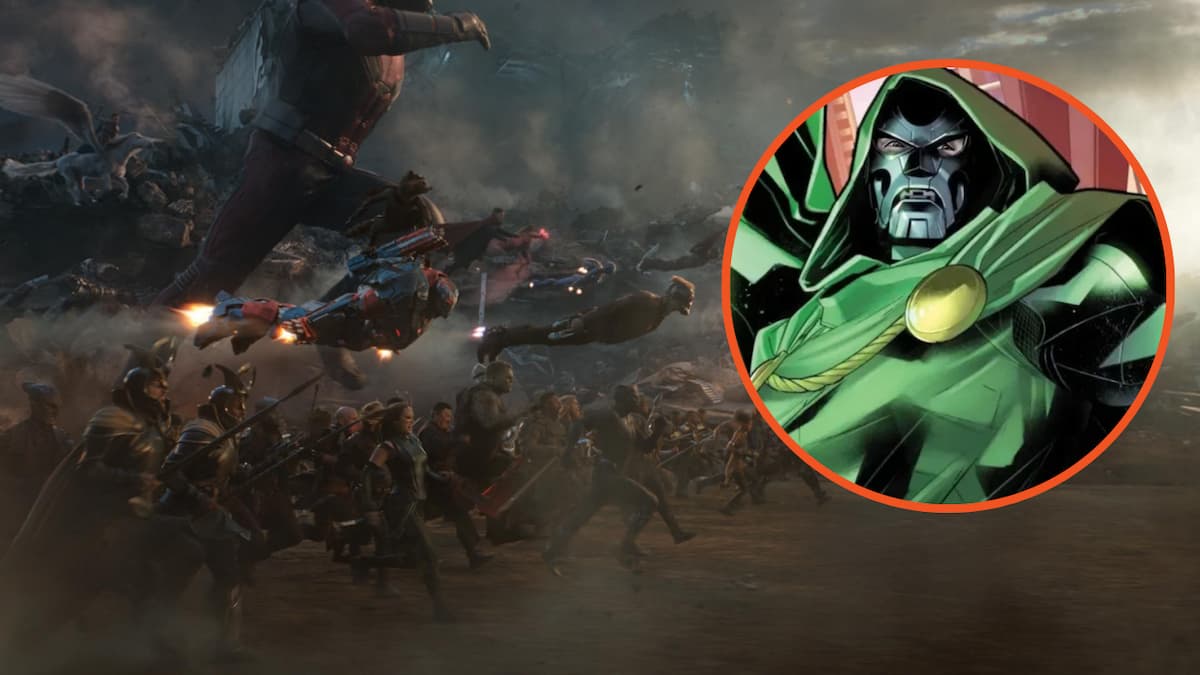
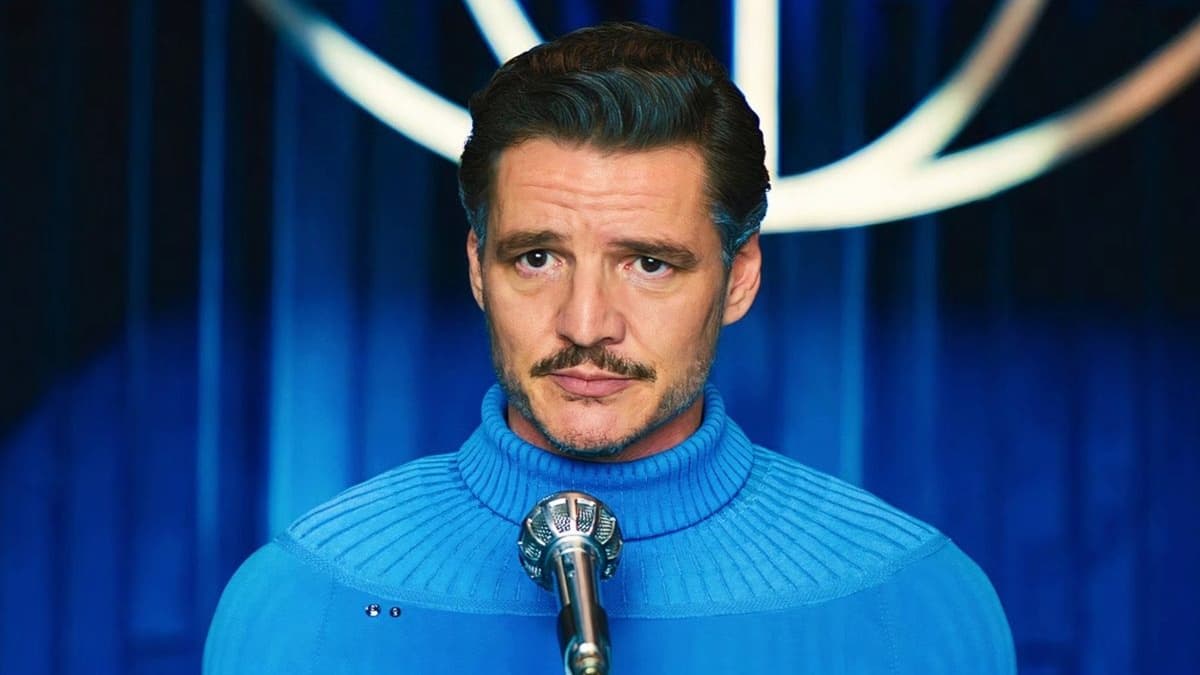
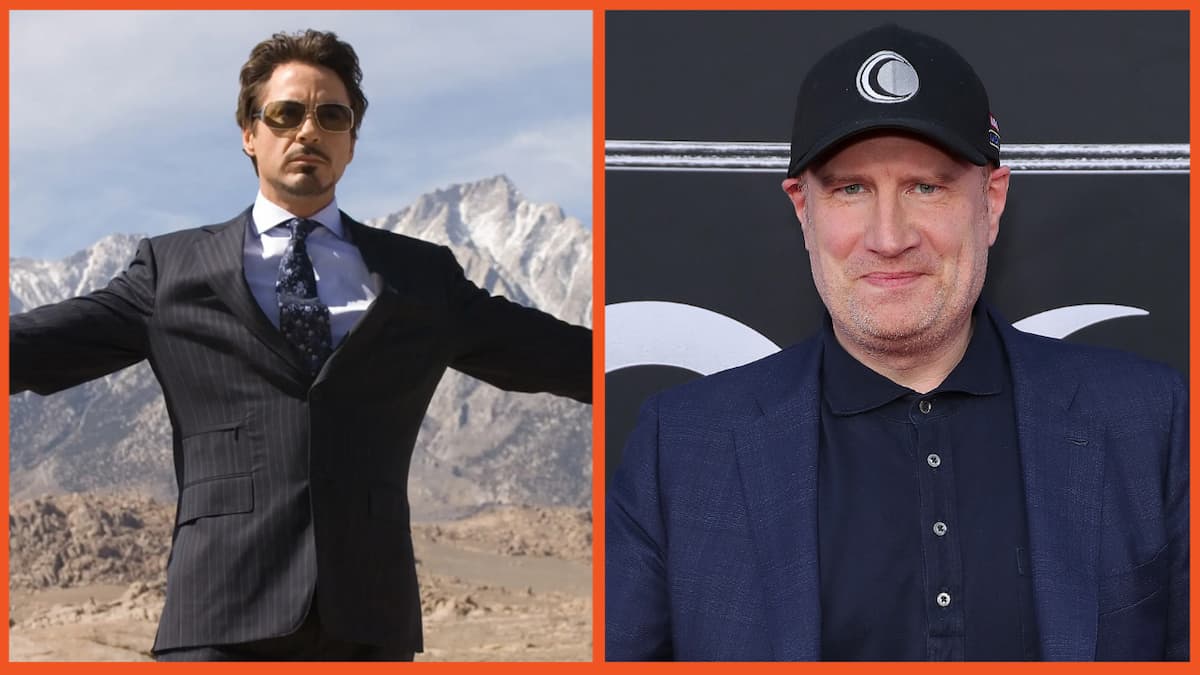
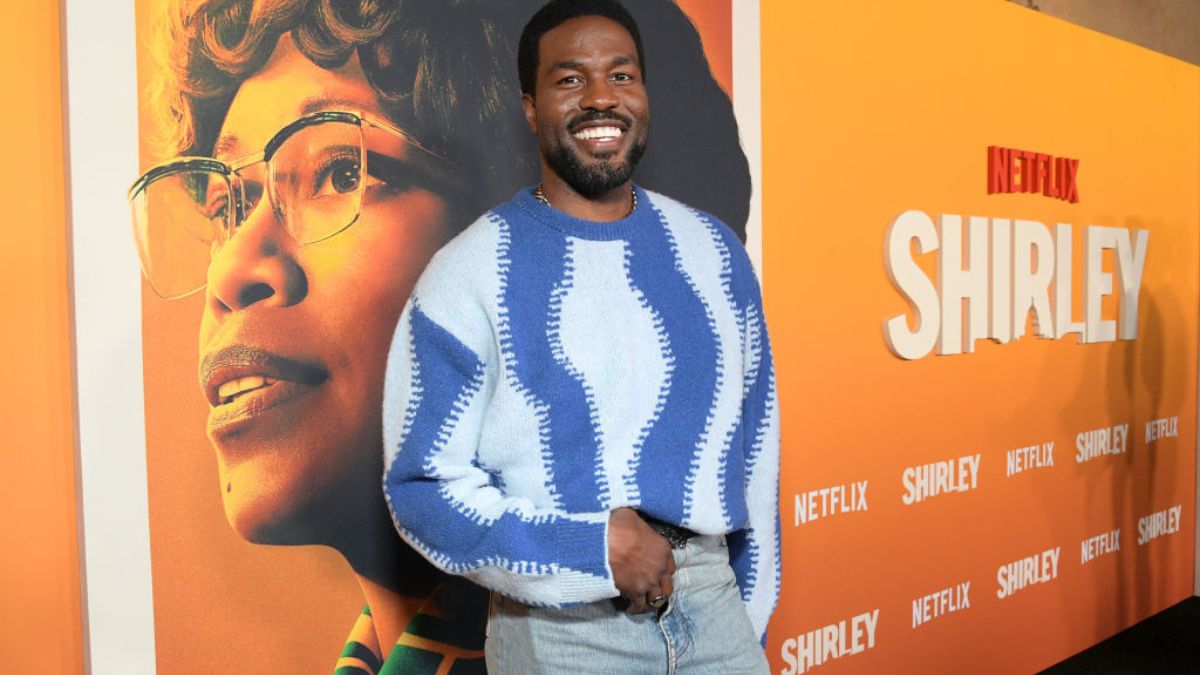
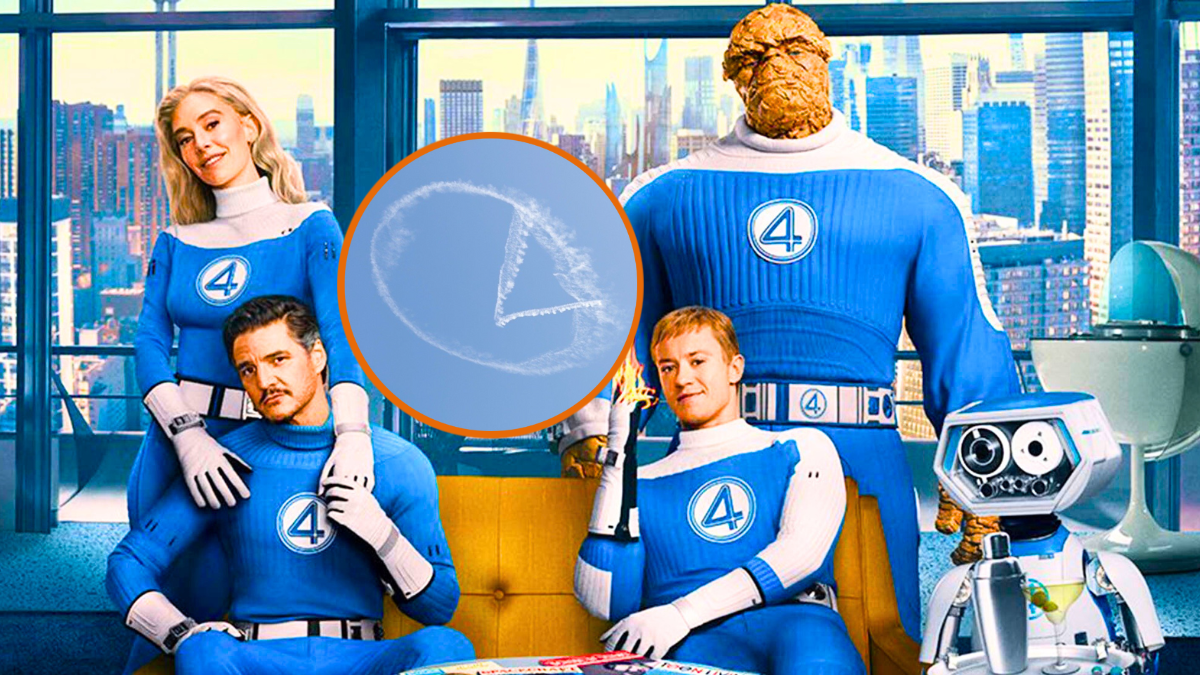
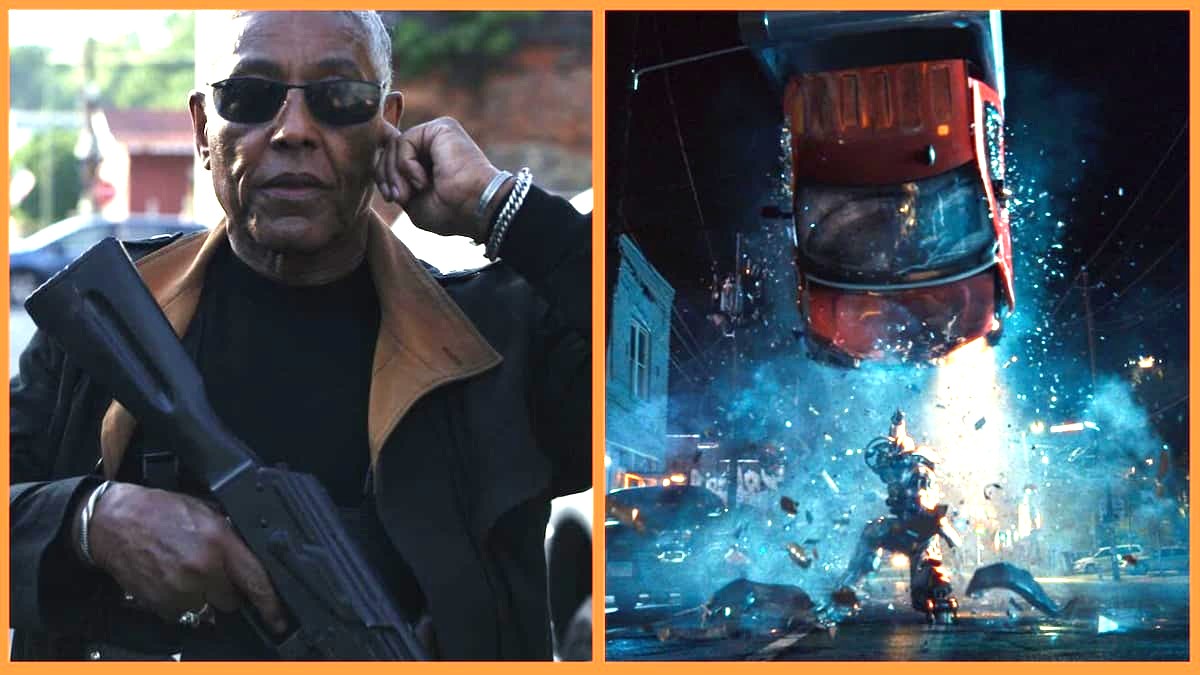

Published: Nov 16, 2022 10:30 pm